
Author || Columnist (History) || Research scholar || My book “Himachal Temples and the Bengal connection” is on Amazon - https://t.co/OnTpLgvt9z || 🌺🔱||🇮🇳||
10 subscribers
How to get URL link on X (Twitter) App

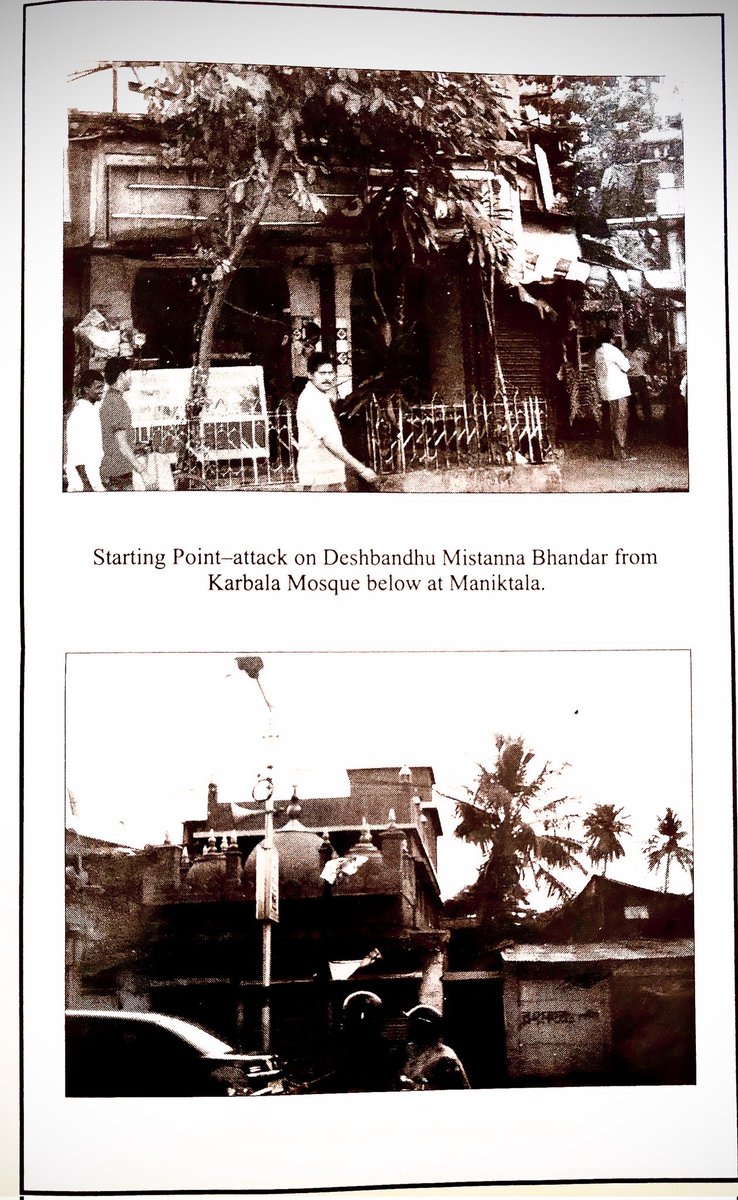



 📌 Interesting to note (first two images here) that the Communists were warned and protected beforehand, by their Muslim comrades.
📌 Interesting to note (first two images here) that the Communists were warned and protected beforehand, by their Muslim comrades.



 2/4
2/4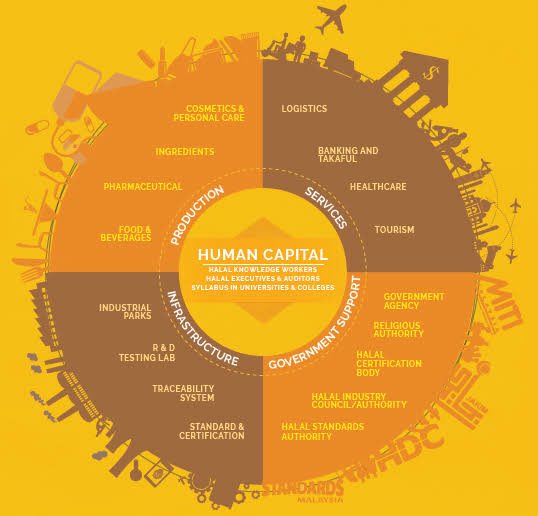
 2/3
2/3
 2/4
2/4
 📍I will just add a bit about RKM and why it was forced to declare itself a minority organisation - the CPIM government after coming to power initially would try to control it, failing which, it forcibly shut down Rahora Ramkrishna Mission for 11 months to teach them a lesson.
📍I will just add a bit about RKM and why it was forced to declare itself a minority organisation - the CPIM government after coming to power initially would try to control it, failing which, it forcibly shut down Rahora Ramkrishna Mission for 11 months to teach them a lesson. 
 Personally I think, even earlier, around 40-50,000 years back, India likely had one of the largest Homo sapiens population (beyond Africa), and this is supported by various evidences (climatic and archaeological). While much of the northern parts of Europe and Asia remained uninhabitable during Ice Age; the Indian subcontinent had mild climate, innumerable rivers, fertile valleys, and coastal areas. With plenty of water sources, unlimited food, and safe shelters, early humans would have thrived here.
Personally I think, even earlier, around 40-50,000 years back, India likely had one of the largest Homo sapiens population (beyond Africa), and this is supported by various evidences (climatic and archaeological). While much of the northern parts of Europe and Asia remained uninhabitable during Ice Age; the Indian subcontinent had mild climate, innumerable rivers, fertile valleys, and coastal areas. With plenty of water sources, unlimited food, and safe shelters, early humans would have thrived here. 
 2/4
2/4
 📍The Greek term Indoi is a softened form of Hindu, where the initial H was dropped as the Greek alphabet has no aspirate. This term Indoi was used in Greek literature by Hekataeus (late 6th century BCE) and Herodotus (early 5th century BCE), thus establishing that the Greeks were using this derivative of Hindu as early as 6th century BCE.
📍The Greek term Indoi is a softened form of Hindu, where the initial H was dropped as the Greek alphabet has no aspirate. This term Indoi was used in Greek literature by Hekataeus (late 6th century BCE) and Herodotus (early 5th century BCE), thus establishing that the Greeks were using this derivative of Hindu as early as 6th century BCE.

 2/6
2/6

 MT's Christianity was based on an obsession with suffering and death and that influenced her 'care giving' work. She saw the struggles of those in poverty as admirable, and believed that it brought them closer to God. She likened their suffering to Christ on the cross and encouraged and practiced it within her 'hospitals' and 'orphanages'
MT's Christianity was based on an obsession with suffering and death and that influenced her 'care giving' work. She saw the struggles of those in poverty as admirable, and believed that it brought them closer to God. She likened their suffering to Christ on the cross and encouraged and practiced it within her 'hospitals' and 'orphanages'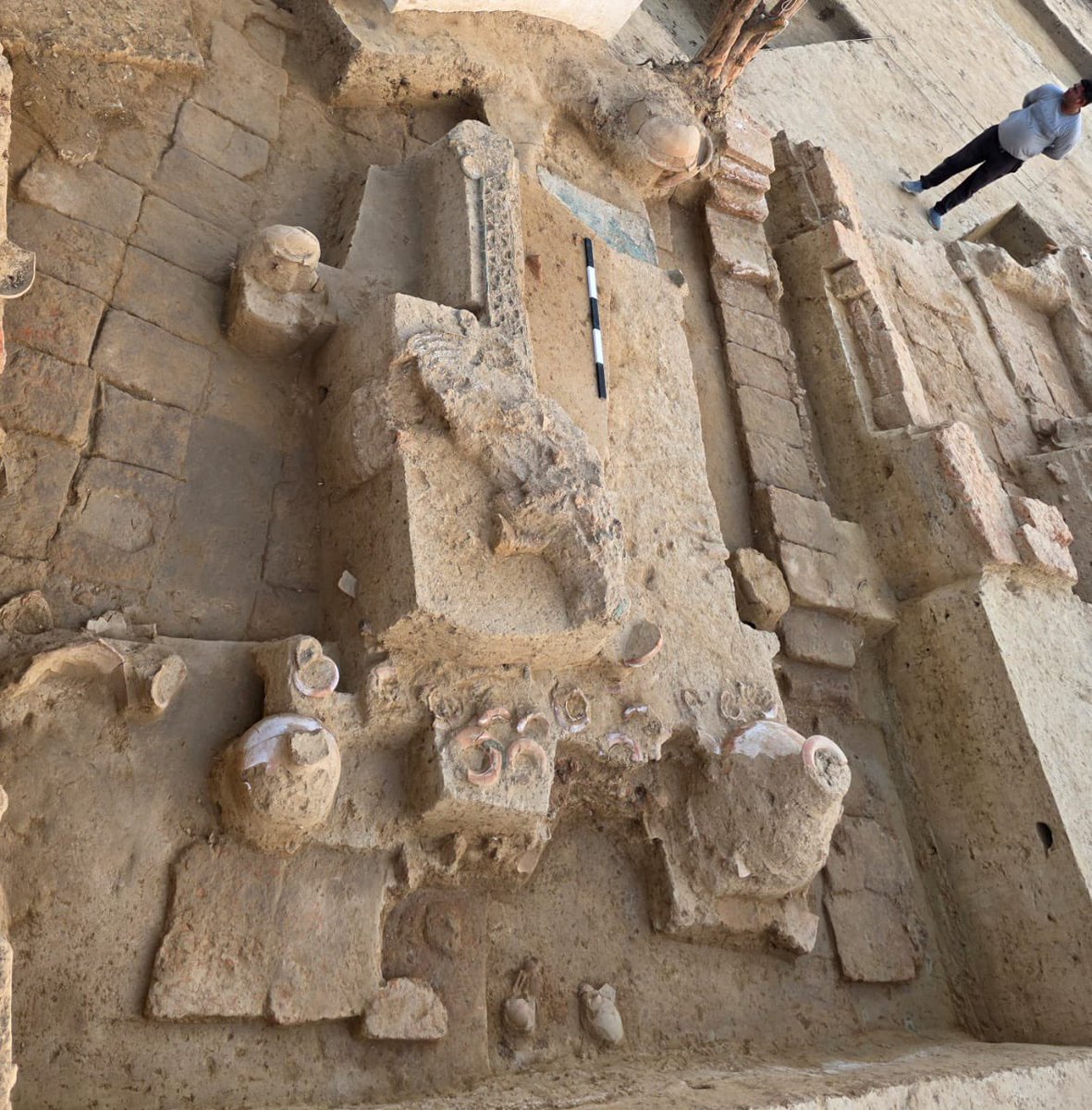



 Some more photos from the site.
Some more photos from the site. 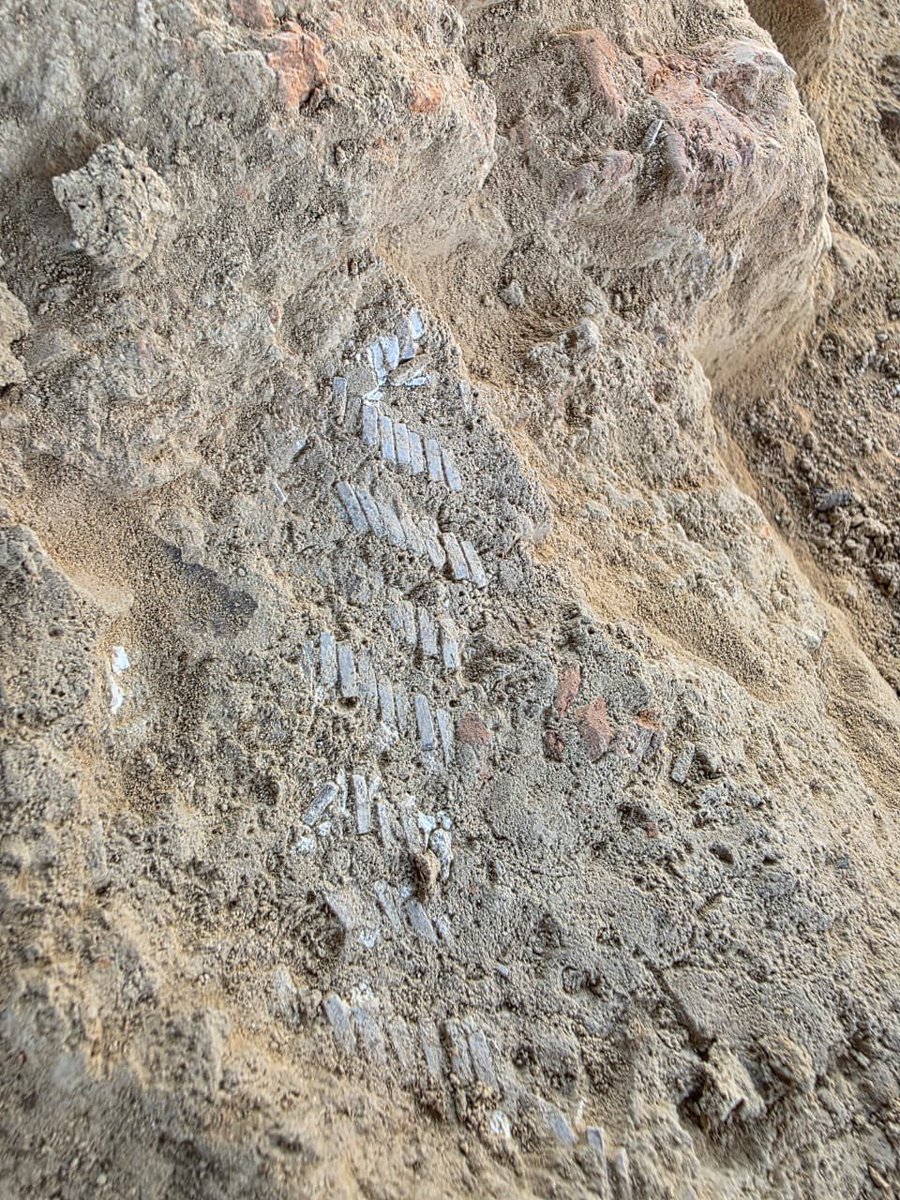
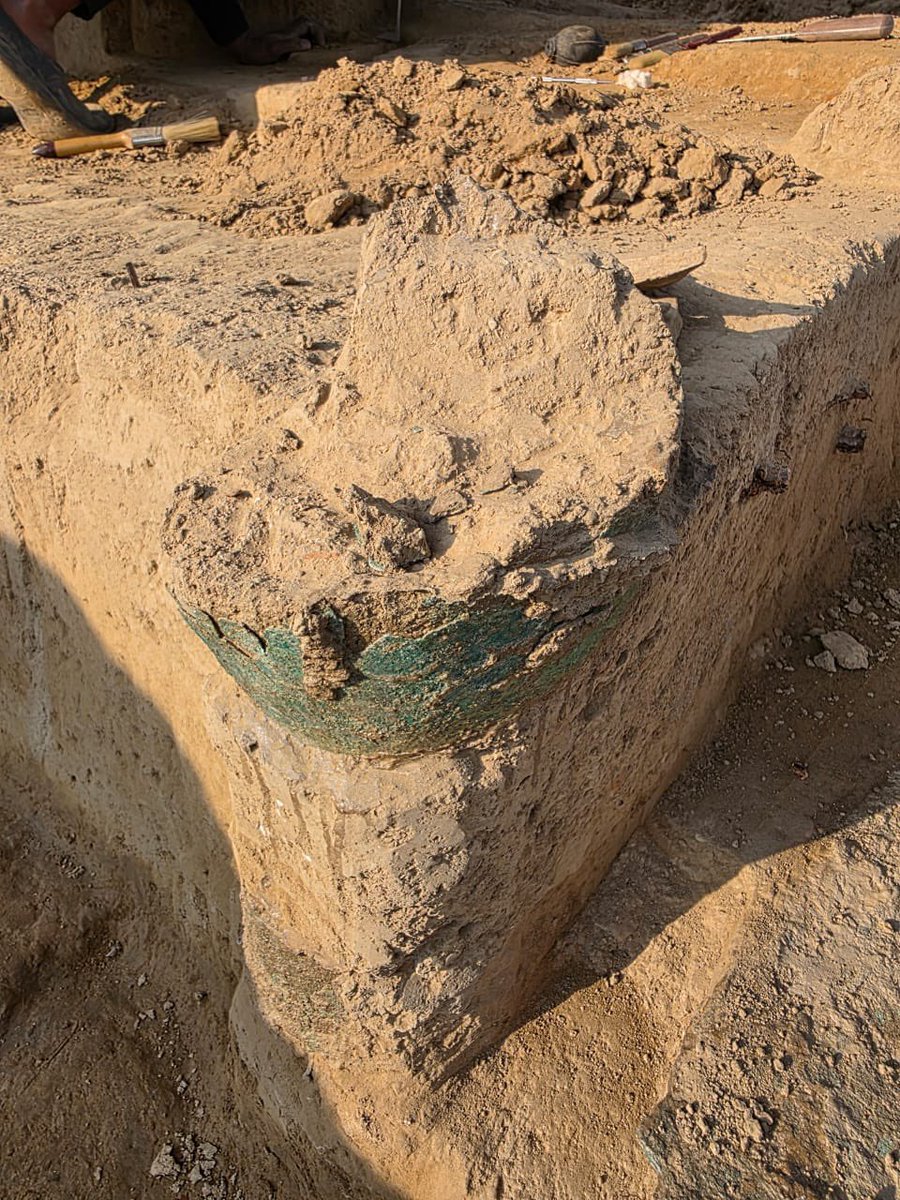
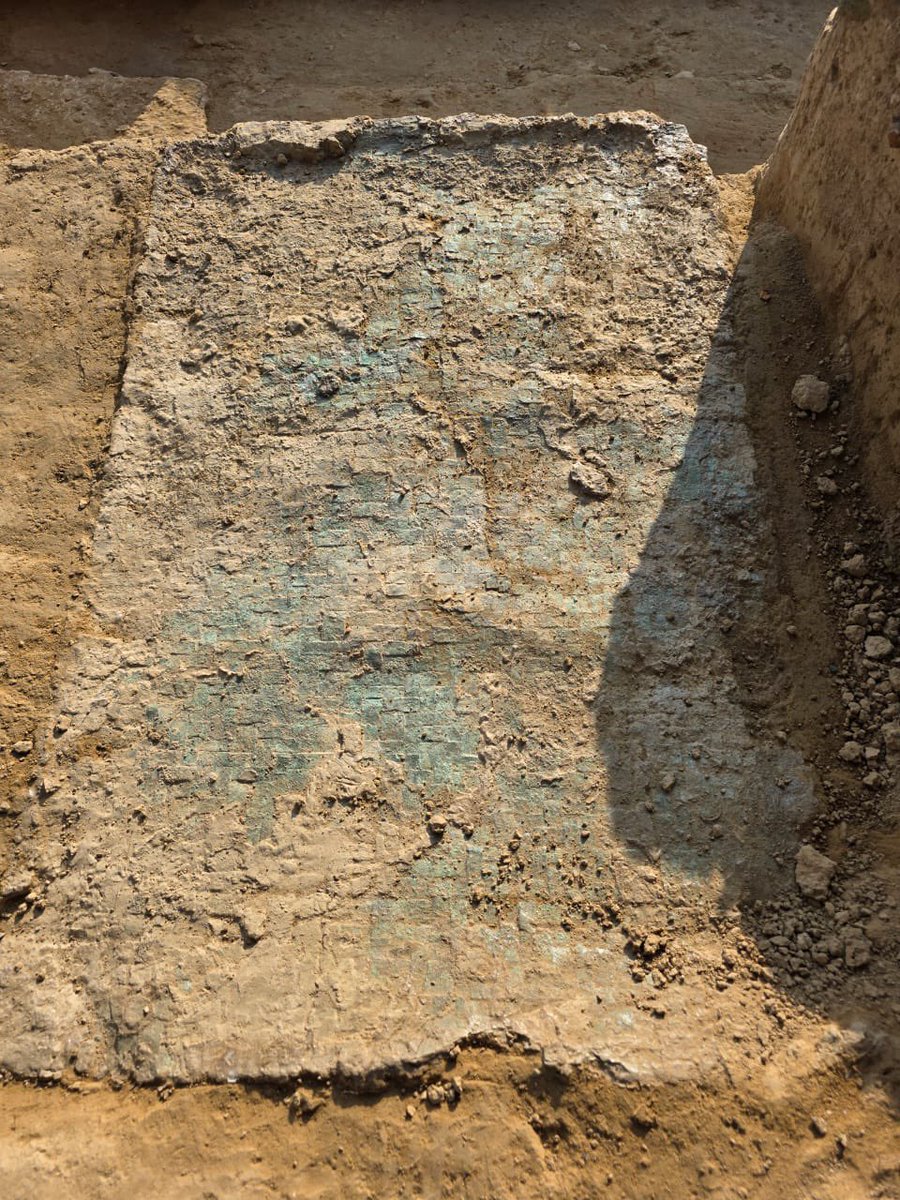


 There are two more narratives that were started by him to show Hindu -Indian civilisation as an inferior one -
There are two more narratives that were started by him to show Hindu -Indian civilisation as an inferior one - 
 The witch hunts in Europe took off in the 15th century and lasted for almost 300 years, resulting in the prosecution of roughly 90,000 people, with nearly 45,000 executions.
The witch hunts in Europe took off in the 15th century and lasted for almost 300 years, resulting in the prosecution of roughly 90,000 people, with nearly 45,000 executions. 


 The word algorithm, came from the Arab mathematician/astronomer Al-Khwarizmi who wrote a book copied from Indian mathematicians, and he had acknowledged that too.
The word algorithm, came from the Arab mathematician/astronomer Al-Khwarizmi who wrote a book copied from Indian mathematicians, and he had acknowledged that too. 

 2/4
2/4
 Author Bina D’Costa tracked down the Australian doctor, Geoffrey Davis, who was brought to Dhaka by the International Planned Parenthood Federation (IPPF) and the UN. Davis was tasked with performing late-term ab0rt¡Ons, and facilitating large scale international adoption of the war babies born to the r@p€d Hindu Bengali women.
Author Bina D’Costa tracked down the Australian doctor, Geoffrey Davis, who was brought to Dhaka by the International Planned Parenthood Federation (IPPF) and the UN. Davis was tasked with performing late-term ab0rt¡Ons, and facilitating large scale international adoption of the war babies born to the r@p€d Hindu Bengali women.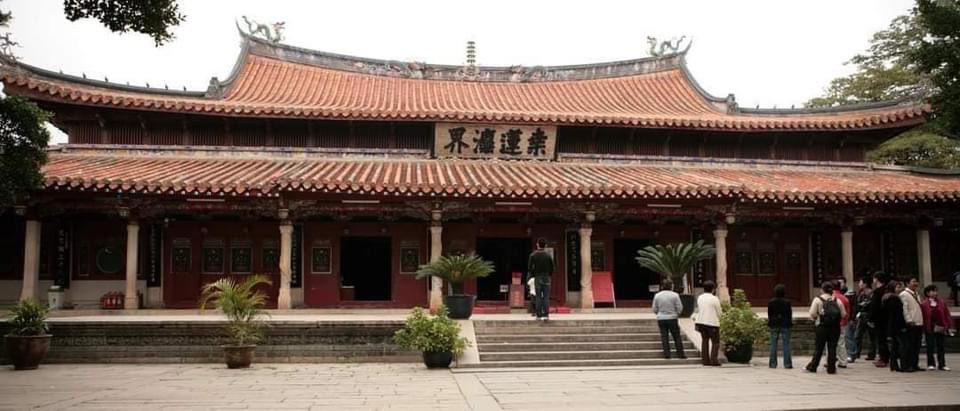

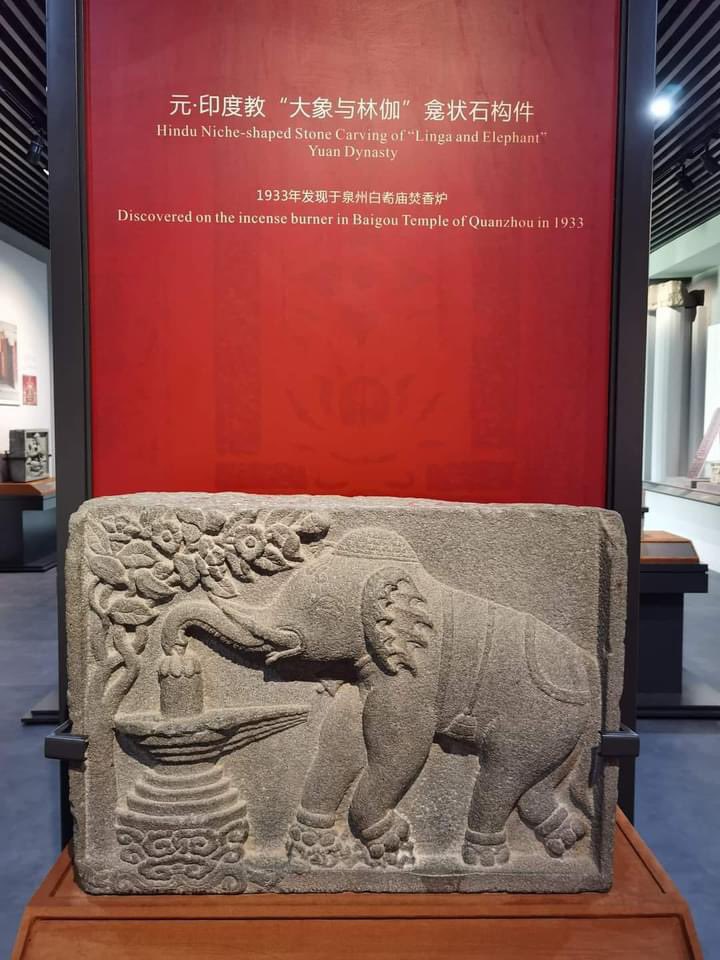

 In the 1930s, many murtis of Narasimha were unearthed from Quanzhou during an archaeological excavation by Wu Wenliang. Among other Hindu artefacts, images depicting Puranic stories associated with Vishnu and Shiva were also found, showing a style similar to what is seen on temples in Tamil Nadu and Andhra Pradesh of the same period (10th -14th centuries).
In the 1930s, many murtis of Narasimha were unearthed from Quanzhou during an archaeological excavation by Wu Wenliang. Among other Hindu artefacts, images depicting Puranic stories associated with Vishnu and Shiva were also found, showing a style similar to what is seen on temples in Tamil Nadu and Andhra Pradesh of the same period (10th -14th centuries). 




 Two BCE era Gaja Lakshmi coins depicting the Hindu Devi Gajalakshmi
Two BCE era Gaja Lakshmi coins depicting the Hindu Devi Gajalakshmi 



 FYI @INCIndia not accepting this basic truth, the history that had actually happened, is being a perfect British slave. Of course, it suits you that way. One must not forget that Allan Octavian Hume, a former British civil servant, was one of the founding members of the Indian National Congress.
FYI @INCIndia not accepting this basic truth, the history that had actually happened, is being a perfect British slave. Of course, it suits you that way. One must not forget that Allan Octavian Hume, a former British civil servant, was one of the founding members of the Indian National Congress.

 Hearing the supportive statements by the communist leaders, in early 1978, the Da!it Bengali H¡ndu refugees started moving out from Dandakarnya and settled in the islands of Sunderbans, the main centre being at Marichjhanpi. By June 1978, about 30,000 refugees had settled in Marichjhanpi and started various livelihoods, becoming self reliant.
Hearing the supportive statements by the communist leaders, in early 1978, the Da!it Bengali H¡ndu refugees started moving out from Dandakarnya and settled in the islands of Sunderbans, the main centre being at Marichjhanpi. By June 1978, about 30,000 refugees had settled in Marichjhanpi and started various livelihoods, becoming self reliant.